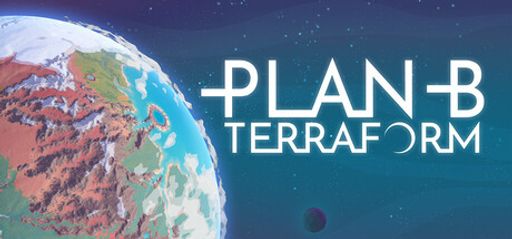Hey everyone! Welcome to my cozy-corner review of Plan B: Terraform by Gaddy Games. If you’ve ever dreamed of turning a barren rock into a green, bustling world of trucks, trains, and factories, you’re in for a treat. I’ve spent plenty of time with this game, so here’s my friendly, down-to-earth take on what makes it shine—and where it could use a little polish.
Overall Impressions
Plan B: Terraform feels like a love letter to fans of management and automation games—with a neat terraforming twist. Instead of juggling happiness scores and taxes, you build supply networks to feed three growing cities on a giant hexagonal planet. Watching a tiny iron patch become part of a global production chain makes every decision feel important. Steam reviews are “Very Positive” across the board, and it’s easy to see why.
That said, it isn’t perfect. Cities blob out in ways you can’t fully control, and water or waste warnings can pop up just when you least want them. If you embrace quirks and love watching factories hum, this game’s steady, almost hypnotic loop will win you over.
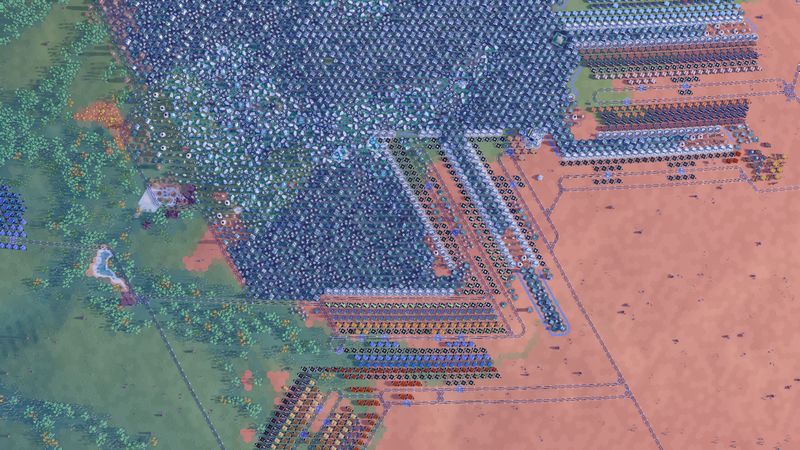
Gameplay Mechanics
My favorite feature is the supply-network challenge. You scout iron, copper, sulfur, and water patches, then build roads or drone depots to link them. As cities grow, you tweak routes, add trucks, or split production across sites. If you’ve ever wanted to send reinforced concrete across half the planet, this is your jam.
The planet simulation feels alive: atmosphere, temperature, water flow, and forest cover shift in real time. Easy-to-use building tools snap roads and factories onto a hex grid. Later, trucks and trains add strategic depth as they spool around your evolving world.
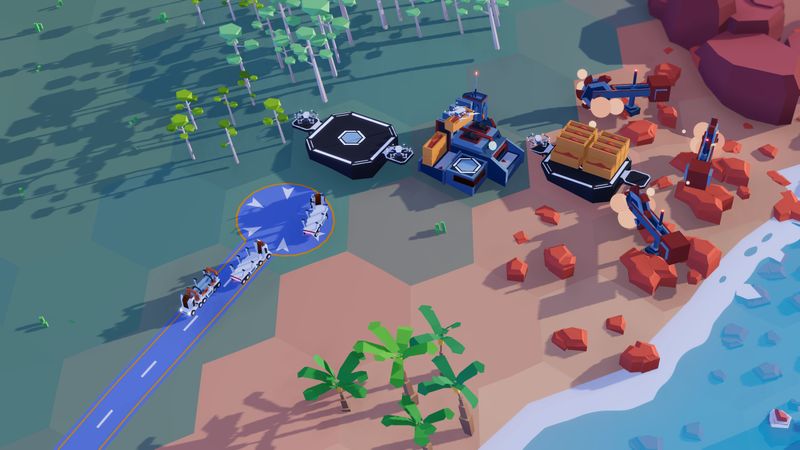
City blobs can feel unpredictable, sometimes spreading across 10–15 road layers and ruining your layout. Underground water quirks may sprout city tiles on a river, then instantly kill them—flooding your screen with warnings. The waste loop also feels unfinished: cities generate waste you must recycle, yet lack any civic buildings or happiness mechanics. Despite these issues, most players see them as part of the learning curve and tweak until logistics hum.
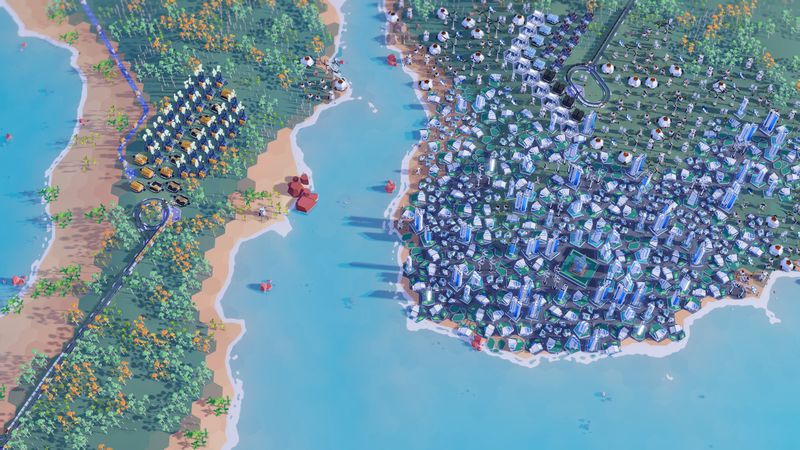
I’ve seen players praise the candy-like visuals and solid automation, but also grumble about those pesky popups and blob growth. Personally, I found it all part of the learning curve and just kept tweaking until my logistics hummed along nicely.
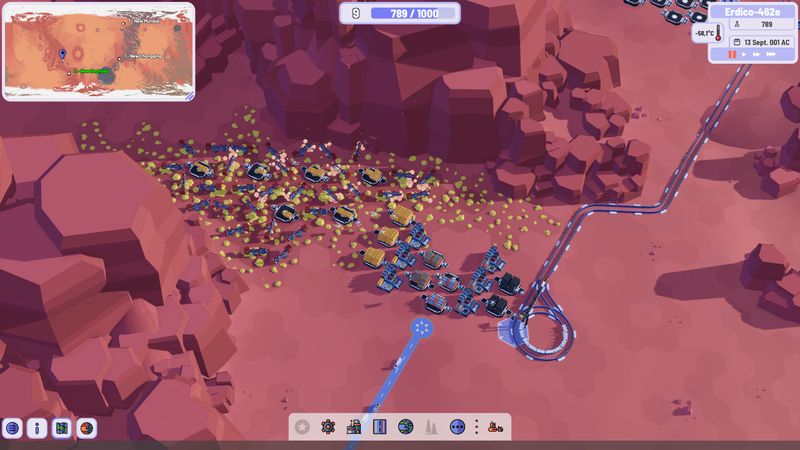
Story and Characters
There’s no heavy narrative—your actions tell the story. You’re the terraformer, the unsung hero filling a dusty rock with life. Occasional data logs hint at Earth’s downfall, but there are no voiced characters or cutscenes. For me, that minimal setup is fine; the real narrative unfolds through your factories, roads, and bustling cities.
Visuals and Graphics
This game is eye candy in the best way. From a zoomed-out view, the hex grid planet looks like a colorful mosaic—blue rivers weaving between green forests and gray factories. Zoom in, and you’ll see trucks buzzing along roads and trains rumbling past. The art style is simple but polished: no photorealism, just clean shapes and bright colors that feel relaxing. My one gripe is that city tiles all look alike and can feel kind of clumpy. Still, I loved watching deserts turn to wetlands and then full-blown jungles as I pumped water and planted trees.
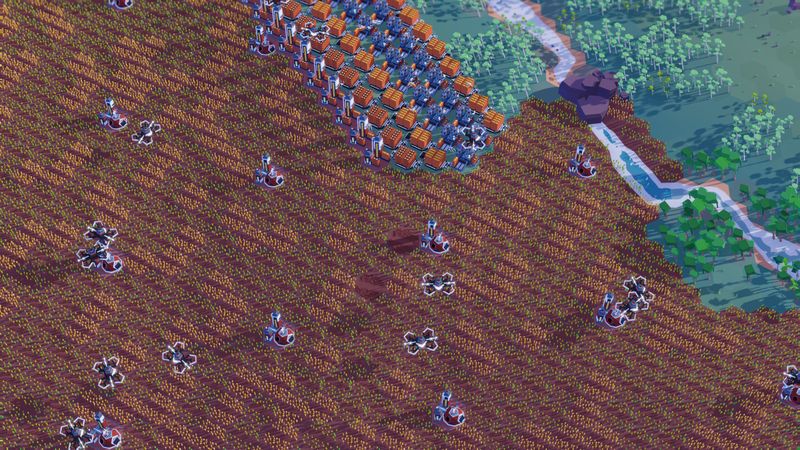
Sound and Music
The soundtrack is mellow electronic ambient—think soft synth pads with light percussion. It never demands your attention, but it does help you get into a calm building groove. Sound effects are on point: factory machines clank gently, trucks beep, and trains whistle. There’s no voice acting, which suits the chill vibe. I often paused the game just to listen to the soundscape while sipping tea.
Difficulty and Replayability
Plan B sits at a nice medium difficulty. The early game feels almost tutorial-like, but as you juggle more resources and three separate city hubs, it can get delightfully tricky. I appreciated that you never feel completely stuck—you can always add another factory or reroute a road. If the blob city growth annoys you, you can restart or shift your approach next time.
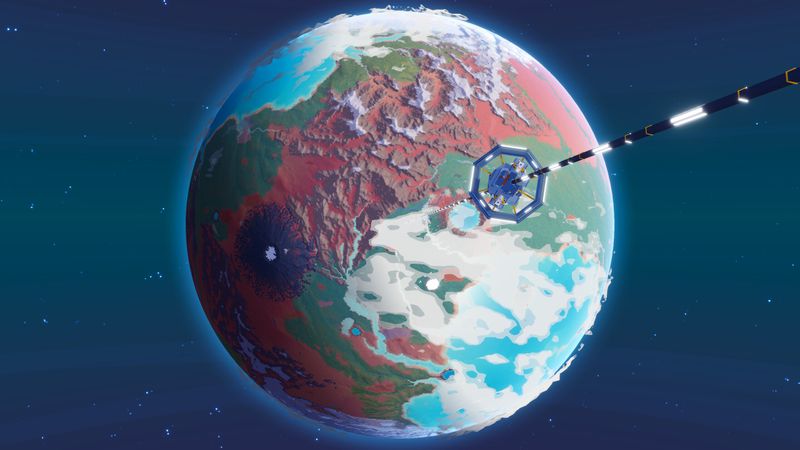
Replay value is high. Each planet is different: resource patches are randomly placed, so no two games feel the same. I’ve already started a second playthrough, trying a “water-first” strategy instead of rushing iron. Plus, Gaddy Games has been very responsive—devs actually added an underwater landmark feature after a community suggestion, so I can name my seas and craters now. That friendly attitude tells me they’ll keep improving the game over time.
Final Thoughts
Plan B: Terraform isn’t a perfect city builder or a deep production sim—but it’s a cozy, clever blend that focuses on the joy of making efficient, planet-spanning supply chains. It looks great, sounds soothing, and hooks you with its sense of scale and gradual complexity. If you love automating, optimizing, or just unwinding with a smart simulation game, give this one a shot—especially if it’s on sale.
Rating: 4 out of 5 stars
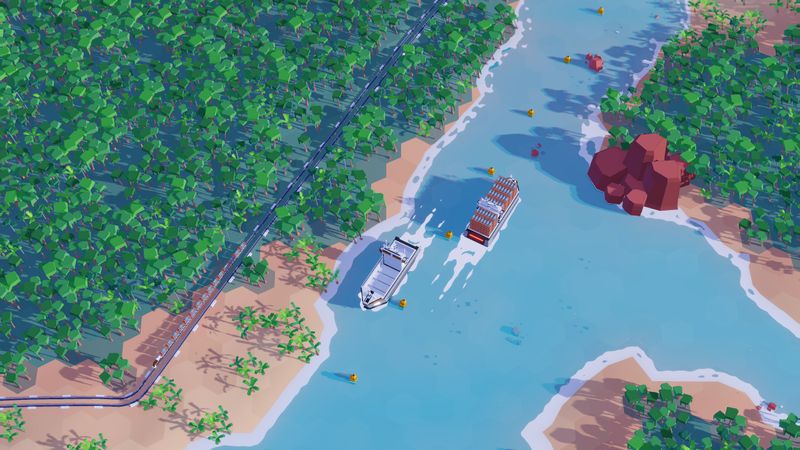
That’s all from me, friends. Hope you find your own terraforming groove with Plan B. Until next time, keep it cozy and stress-free!

